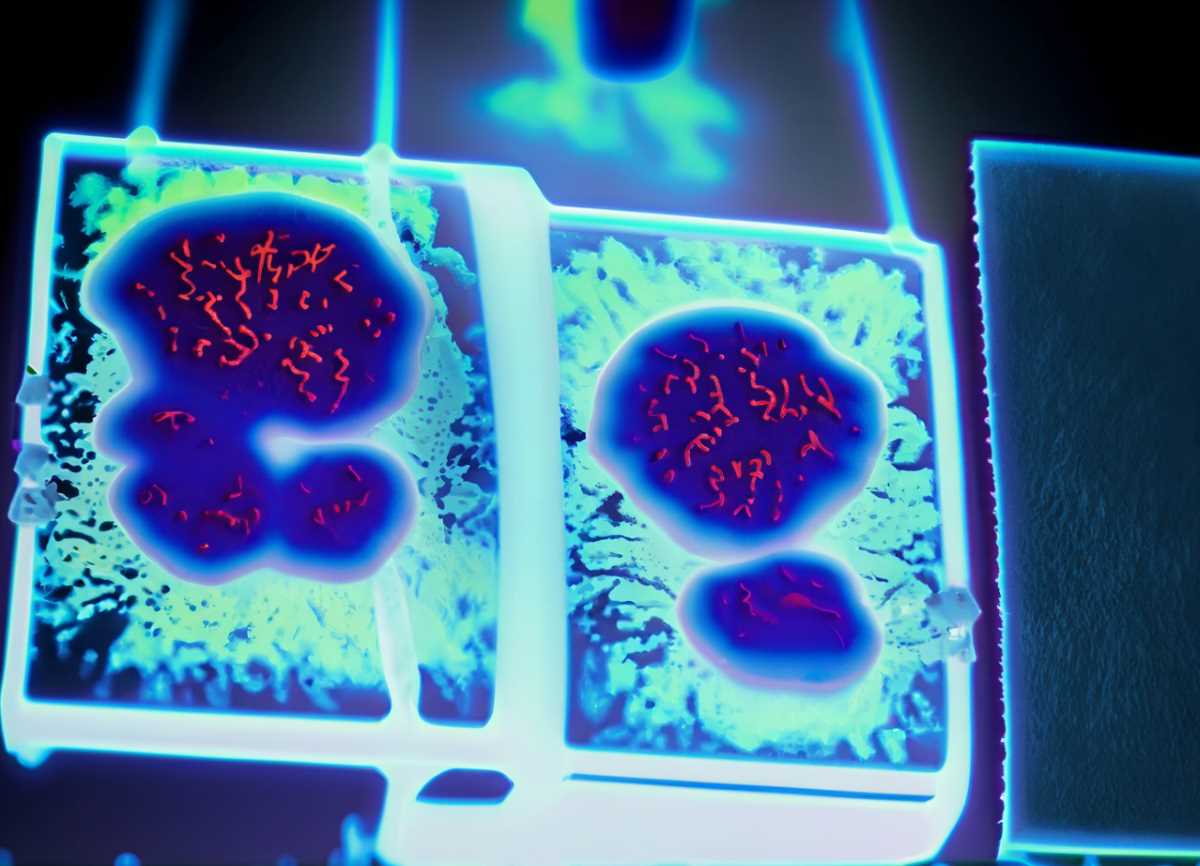How UNAM's Algorithm is the Fairy Godmother of Microscopy
Scientists from the Institute of Biotechnology at UNAM have developed an algorithm, MSSR, that upgrades ordinary microscope images to super-resolution quality. This breakthrough could democratize high-end microscopy, especially in developing countries.

In a breakthrough development, scientists from the Institute of Biotechnology (IBt) at UNAM have devised an algorithm that promises to democratize the world of high-end microscopy. This algorithm, termed Mean Shift Super Resolution (MSSR), when incorporated into computers that process fluorescence images taken via ordinary microscopes, upgrades the image quality to that of super-resolution equipment – a technology that usually comes with a hefty price tag.
The Significance
At the helm of this initiative is Adan Oswaldo Guerrero Cárdenas, project leader at the National Advanced Microscopy Laboratory (LNMA). He explains that this technology is pivotal for fluorescence microscopes, which rely on staining cells with dyes. With the enhanced resolution provided by the MSSR, researchers can delve deeper into the realms of subcellular organization. For instance, it offers crystal-clear visuals of the mitochondria – a crucial aspect of cells linked with energy production. This clarity has significant implications for identifying malfunctions in these structures, which can be indicative of severe health conditions like respiratory issues.




